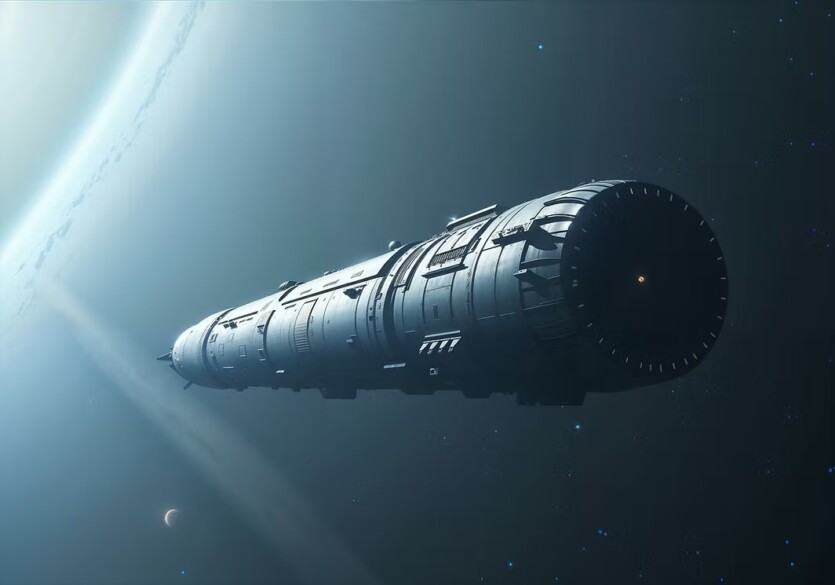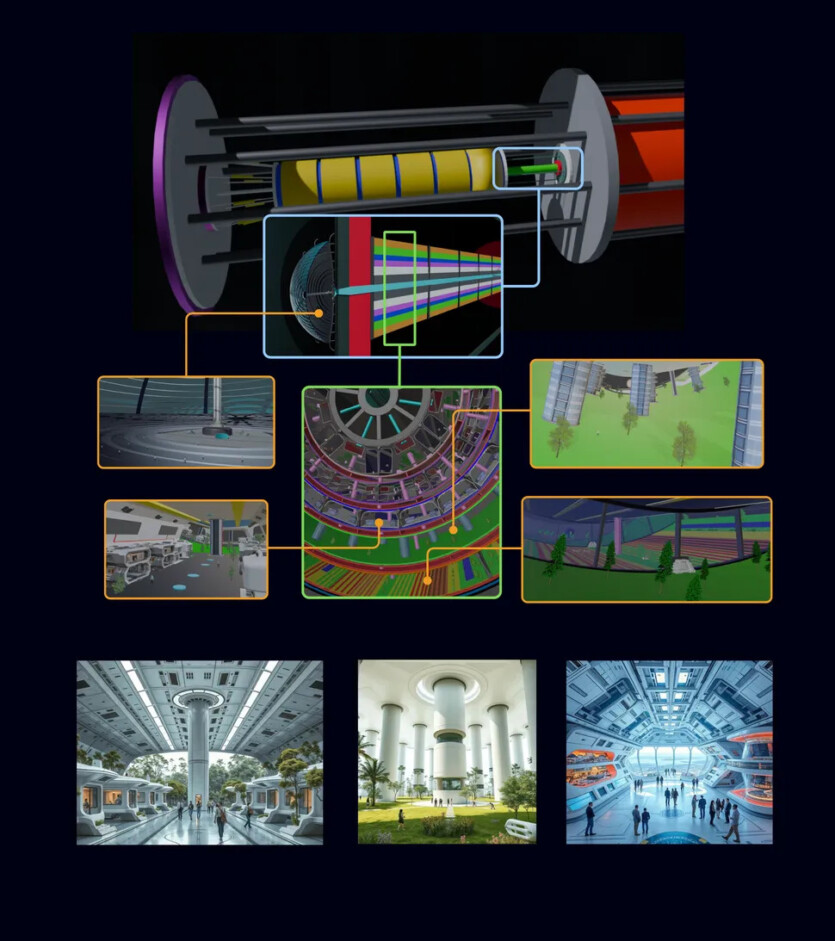
A team of engineers has developed a project of a hypothetical spacecraft Chrysalis, capable of accommodating up to 2,400 passengers and delivering them to Alpha Centauri in about 400 years.
In the project description, the scientists note, that their ship can cover a distance of 40 trillion kilometers in about 400 years. This means that the vast majority of hypothetical passengers will spend their entire lives aboard this spacecraft.
Chrysalis should be able to accommodate several generations of people on board, until it reaches the nearest star system Alpha Centauri will not land passengers on the planet’s surface Proxima Centauri b. This Earth-sized exoplanet is considered potentially habitable.
The presented project took first place in the project competition “Hyperion, which includes the participants were asked to design hypothetical ships of different generations for interstellar travel. Before proceeding to the creation of the Chrysalis ship itself, the first generations of future passengers must live and adapt to the isolated environment in the Antarctic for 70-80 years. The ship itself can theoretically be built in 20-25 years. It must maintain constant gravity through rotation.
The 58-km-long ship is planned to be built in several layers. Several of them will encompass each other around a central core. These layers will include public space, farms, gardens, houses, warehouses and other public facilities, all of which will be powered by fusion reactors.

The center of the ship will house shuttles that will deliver people to Proxima Centauri b, as well as all necessary telecommunication equipment. The layer, closest to the core, will be a space for food production, growing plants, fungi, microbes, insects, and livestock under controlled conditions. Various environments, including tropical and boreal forests, will be maintained to preserve biodiversity.
The second level from the center is intended for public spaces, including schools, parks, hospitals, libraries and other public institutions. The next level will include residential premises for individual households equipped with air circulation systems and heat exchangers.
The next level will house industrial enterprises, that will process waste, create medicines, and build materials. The fifth, outer layer, will serve as a warehouse for storing various types of resources, materials, equipment, and transportation. The developers assume that robotic systems can operate at this level.
The birth of children on the ship will be planned to ensure that the population is maintained. According to the developers, the number of people on the ship will be about 1,500, 900 people less than the total capacity. The project engineers also envision, that the personnel, who will operate the ship, will be interact with artificial intelligence.
“This will ensure the sustainability of the entire social system, better knowledge transfer between different generations of residents, and a deeper vision of the overall dynamics of the Chrysalis spacecraft complex”, — the project authors say.
At present, this plan is purely hypothetical. Some key technologies needed for its implementation, such as commercial fusion, do not yet exist. Nevertheless, hypothetical projects like this one can still add to our knowledge base and help engineers improve future developments. The winners of the Hyperion competition received a $5,000 prize for their project.
Source: LiveScience

Spelling error report
The following text will be sent to our editors: